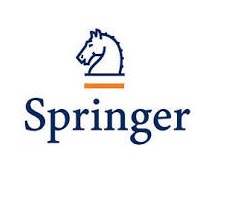6 Conclusion
In this paper, we presented and discussed four reference models for transparency requirements in information systems. We examined the interdependencies amongst these reference models and how they should be considered during the management of transparency requirements. The reference models were then utilised in order to investigate FOIA and its strengths and weaknesses from an information receiver’s perspective, and to recommend amendments where possible. We believe that these reference models together have the potential to capture and manage the peculiarities of transparency requirements, and therefore, they can form a solid foundation for any discourse on transparency requirements.
The reference models on transparency yield several benefits by providing a discourse on transparency requirements which can be used in addressing transparency not only in businesses and their information systems, but also in other domains where information flow occurs. For example, the reference models have been already used to address transparency requirements of people with mild cognitive impairment living in smart homes [2]. The reference models also provide a foundation for systematically investigating transparency requirements from a requirements engineering perspective for elicitation, documentation, and specification. For example, they have proved useful in the design of a transparency modelling language, called TranspLan, which aims to model and analyse the transparency requirements of stakeholders in a business information system [33].








